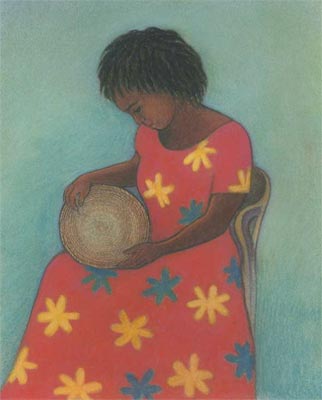
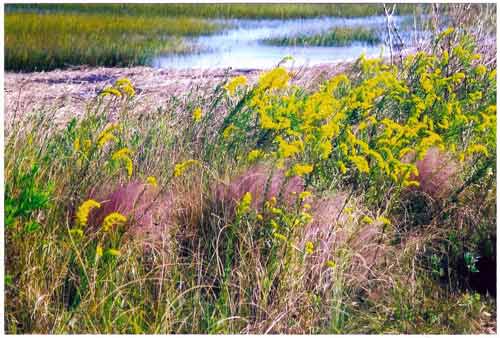
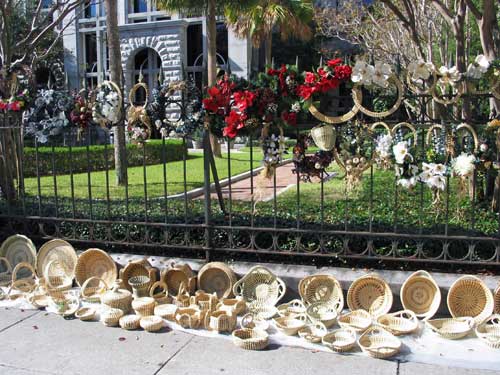
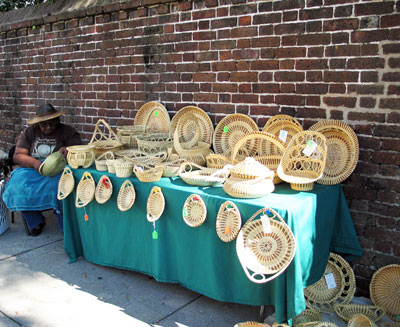 |
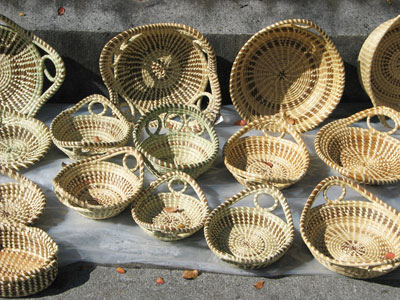 |
| © 2009 SCIWAY | © 2009 SCIWAY |
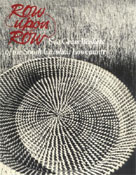
|
Row upon Row: Sea Grass Baskets of the SC Lowcountry This book details sweetgrass basketry in the South Carolina Lowcountry from its roots in Africa through its development on the rice plantations to its current renaissance as an art form sought after by collectors and tourists. |
|
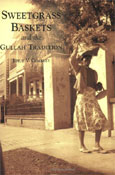
|
Sweetgrass Baskets and the Gullah Tradition The ancient African art of sweetgrass basket making has been practiced for more than 300 years in the Christ Church Parish of Mount Pleasant, South Carolina. Seen on the roadways of Charleston County and in museums and galleries worldwide, these unique handmade baskets are crafted from sweetgrass, bullrush, pine needles, and palm leaves. |
|
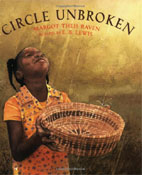
|
Circle Unbroken A story about a grandmother teaching her granddaughter the art of weaving sweetgrass baskets. The grandmother talks about her ancestors who made sweetgrass baskets in South Africa many years ago, and how her grandfather was sold into slavery and brought his basket weaving skills with him. Once slavery was abolished, the family kept making baskets, and each generation has since learned the art of making these magnificent baskets which tie their family together. |